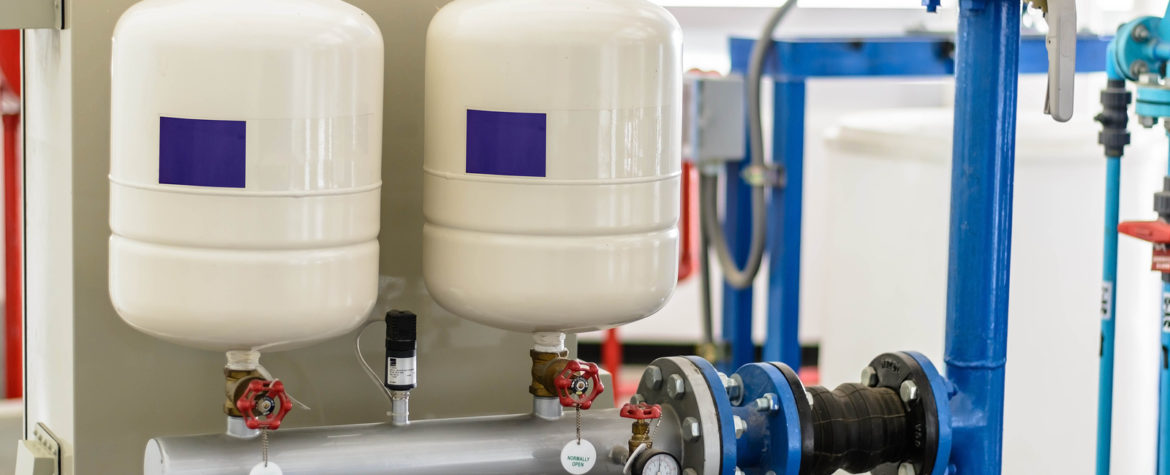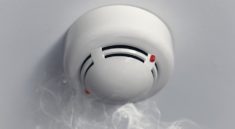There are several different key types of refrigerants that exist. They are categorized and divided into groups according to their chemical composition. One of the main reasons for the ongoing diversification in this field is due to the fact that we now know some of these chemical compounds are harmful to the environment.
Following these discoveries, they are being replaced with more environmentally friendly alternatives. Predictably, this is not an easy process and although there are alternatives to old refrigerants, the new ones aren’t exactly flawless either. Some of the more popular types of refrigerants are commonly found in cooler cabinets and devices, so it is good to know the characteristics of each.
Below you will find different types of refrigerants and some examples of how they are applied.
1. CFC = ChloroFluoroCarbons
The Chlorofluorocarbons are the category of refrigerants that contain chlorine. As a result, they have been banned since the beginning of the 90’s because of their negative environmental impacts. Examples of this type of refrigerant, CFCs, include R11, R12 and R115.
Despite the harmful effects that have been shown to cause, the full conversion of equipment and systems using CFCs has not yet been completed. In fact, it has been estimated that the illegal market for these types of efrigerants flourish worldwide. Recent numbers indicate that only 50% of CFC systems worldwide have been upgraded to an acceptable standard.
2. HCFC = HydroChloroFluoroCarbons
As indicated by the reluctance to make the transition away from CFCs, changing refrigerant takes time and money. But the problem here is multi-dimensional. HCFCs were offered as a more accessible, albeit temporary, replacement for CFCS until the year 2030. That being said, some actors, the European Union included, were quick to ban HCFCs for refrigeration and air conditioning. HCFCs are non-toxic, cheap, and generally competent.
Yes, even if they do not harm the environment much, they are still known as greenhouse gases. They can also deplete the ozone slowly, but continuously. R22, R123, R124, R401A, R401B, R402A, R403B, R408A, R409A, R414B, R416A are the refrigerants which are covered under the group of HCFCs.
3. HFC = HydroFluoroCarbons
The hydrofluorocarbons are refrigerants that contain no chlorine and are not harmful to the ozone layer. However, those factors can be misleading as their overall impact on global warming is very large compared with traditional refrigerants.
The fact is that HFCs are potent greenhouse gases that can be hundreds to thousands of times more potent than carbon dioxide in contributing to climate change per unit of mass. The HFCs that don’t qualify as greenhouse gases are typically categorized as short-lived climate pollutants and have a lifetime of between 15 and 29 years in the atmosphere.
4. FC = FluoroCarbons
Fluorocarbons contain no chlorine and are not harmful to the ozone layer. However, these types of refrigerants are extremely stable, and they have a high global warming potential. The GWP is the measure of how much heat a greenhouse gas traps in the atmosphere up to a specific time horizon, relative to carbon dioxide. R218 is an example of a fluorocarbon, and FCs are also present in the mixtures R403 and R408.
5. HC = HydroCarbons
Hydrocarbons currently offer a very limited solution to the environmental problems associated with these types of refrigerants. The reason being that, although they are harmless to the ozone layer and have hardly any direct greenhouse effect, they are highly flammable. The use of HCs as refrigerants is confined to Europe, because many other countries elsewhere have banned the use of flammable gas in the presence of the public.
6. NH3 = Ammonia
There are many reasons why ammonia is an attractive refrigerant alternative. In use since the mid 1800s, it is generally considered a high-class refrigerant. Unfortunately, the biggest problem with ammonia is that it can very hazardous even at low concentrations, due to the that fact that the recognizable smell it emits often causes panic.
For this reason, ammonia is now typically used only in industrial application and commercial refrigeration. Safety regulations governing its use also stipulate that it must be used with a secondary distribution loop, notably reducing its efficiency.
7. CO2 = Carbon Dioxide
Carbon dioxide has several attractive characteristics, including the fact that it is non-flammable, does not cause ozone depletion, and has a very low toxicity index. It is also readily available in large quantities and at a low cost. It also has some significant drawbacks though, including a low efficiency and a high operating pressure. As a result, efforts are needed to improve its refrigeration cycle and related technology, particularly heat exchangers and expansion devices.
There is work being done to develop CO2 application for air conditioning in the automotive industry and well as heat pumps, which could also benefit from CO2 due to the higher temperature that can be obtained even at very low ambient temperatures.




